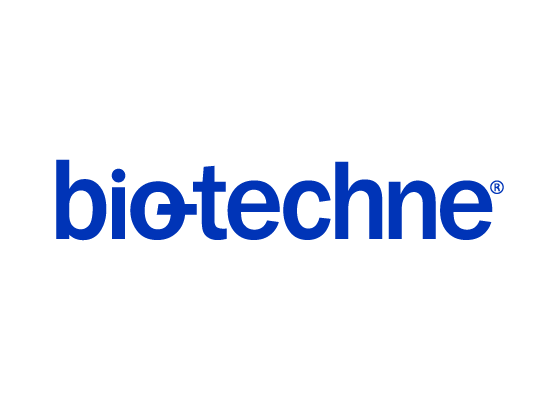Human Integrin alpha2/CD49b Antibody
R&D Systems, part of Bio-Techne | Catalog # MAB12331

Key Product Details
Species Reactivity
Validated:
Cited:
Applications
Validated:
Cited:
Label
Antibody Source
Product Specifications
Immunogen
Tyr30-Thr1132
Accession # P17301
Specificity
Clonality
Host
Isotype
Applications for Human Integrin alpha2/CD49b Antibody
Western Blot
Sample: Recombinant Human Integrin alpha2/CD49b
Formulation, Preparation, and Storage
Purification
Reconstitution
Formulation
Shipping
Stability & Storage
- 12 months from date of receipt, -20 to -70 °C as supplied.
- 1 month, 2 to 8 °C under sterile conditions after reconstitution.
- 6 months, -20 to -70 °C under sterile conditions after reconstitution.
Background: Integrin alpha 2/CD49b
Integrin alpha2 is one of twelve integrin family alpha subunits that share the beta1 subunit (1‑3). Integrin alpha2 beta1 is the non-covalent heterodimer of 160 kDa alpha2 (CD49b) and 130 kDa beta1 (CD29) type I transmembrane glycoprotein subunits and is one of six very late antigens on activated T cells, designated VLA2 (3). The alpha2 extracellular domain (ECD) contains an I (inserted) domain which includes the ligand binding site (2, 3). The beta1 ECD contains a vWFA domain, which participates in binding. Each subunit then has a transmembrane sequence and a short cytoplasmic tail. The dimer is folded when it is least active. Divalent cations and intracellular (inside-out) signaling convert it to its most active, extended and open conformation (1, 2). The 1102 amino acid (aa) human alpha2 extracellular domain (ECD) shares 83‑89% aa sequence identity with mouse, rat, canine, bovine and equine alpha2. The I domain-containing beta1 integrins ( alpha1 beta1, alpha2 beta1, alpha10 beta1 and alpha11 beta1) all bind collagens, with alpha2 beta1 preferring collagens I‑III (4, 5). Platelet alpha2 beta1, also called GPIa, cooperates with another adhesion protein, GPVI, to coordinate platelet collagen binding and activation (3, 6, 7). Other alpha2 beta1 ligands include laminin, decorin, E-cadherin, and collagen-like regions of collectin molecules such as C1q (4). Adhesion is synergized by crosstalk with syndecan-1 or HGF R/c-Met, and antagonized by crosstalk with Integrin alpha1 beta1 (8‑10). In addition to expression on selected hematopoietic cells, alpha2 beta1 is present on a wide variety of non-hematopoietic cells (4). Mice deficient in the alpha2 subunit have defects in innate immune responses, wound mast cell infiltration and angiogenesis, and platelet responses to collagen (6, 11, 12). In innate immunity, alpha2 beta1 binding to C1q initiates the complement cascade and costimulates mast cell activation, triggering neutrophil influx (4, 12).
References
- Takada, Y. et al. (2007) Genome Biol. 8:215.
- Luo, B-H. et al. (2007) Annu. Rev. Immunol. 25:619.
- Takada, Y. and M.E. Hemler (1989) J. Cell Biol. 109:397.
- Zutter, M.M. and B.T Edelson (2007) Immunobiology 212:343.
- McCall-Culbreath, K.D. and M.M. Zutter (2008) Curr. Drug Targets 9:139.
- Sarratt, K.L. et al. (2005) Blood 106:1268.
- Lecut, C. et al. (2005) Thromb. Haemost. 94:107.
- Vuoriluoto, K. et al. (2008) Exp. Cell Res. 314:3369.
- McCall-Culbreath, K.D. et al. (2008) Blood 111:3562.
- Abair, T.D. et al. (2008) Exp. Cell Res. 314:3593.
- Zweers, M. et al. (2006) J. Invest. Dermatol. 127:467.
- Edelson, B.T. et al. 2006) Blood 107:143.
Alternate Names
Gene Symbol
UniProt
Additional Integrin alpha 2/CD49b Products
Product Documents for Human Integrin alpha2/CD49b Antibody
Product Specific Notices for Human Integrin alpha2/CD49b Antibody
For research use only
